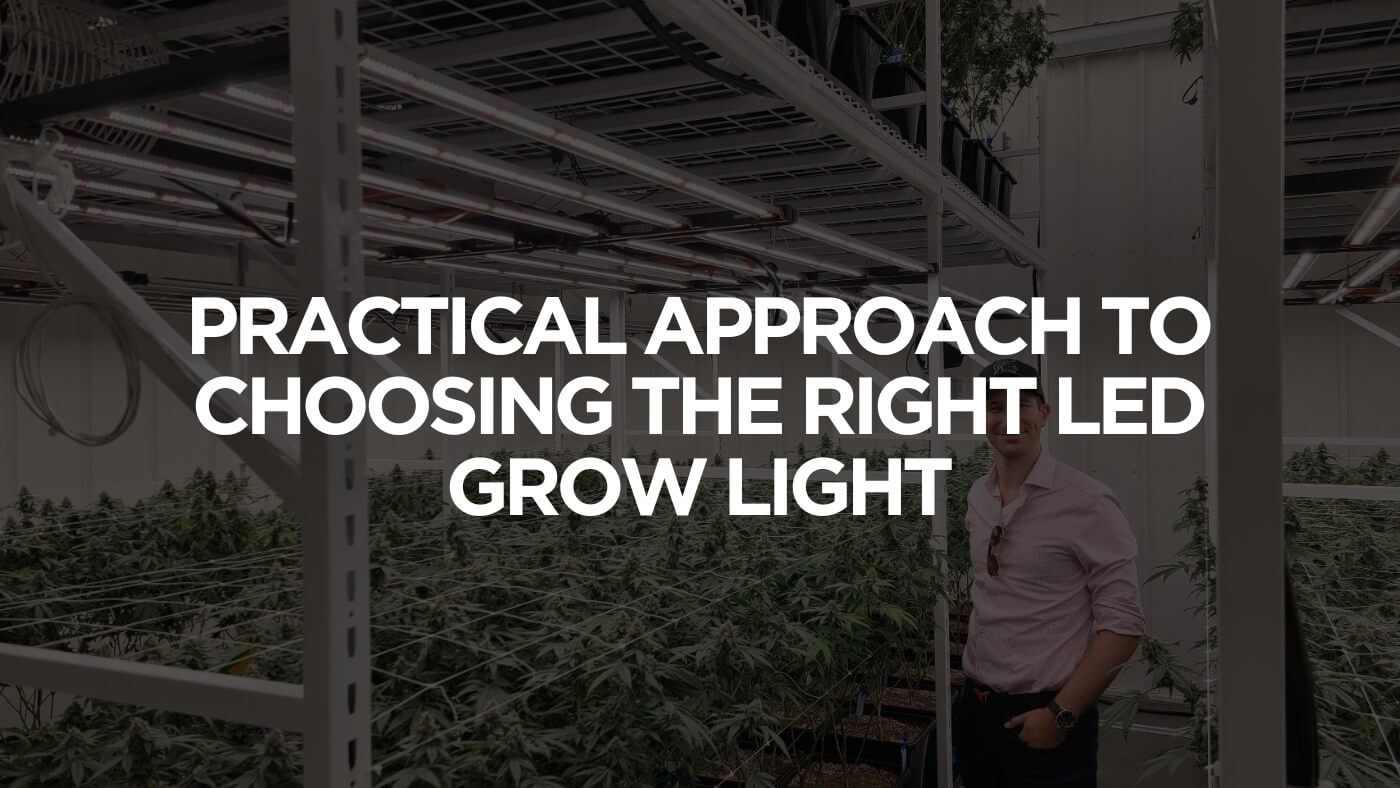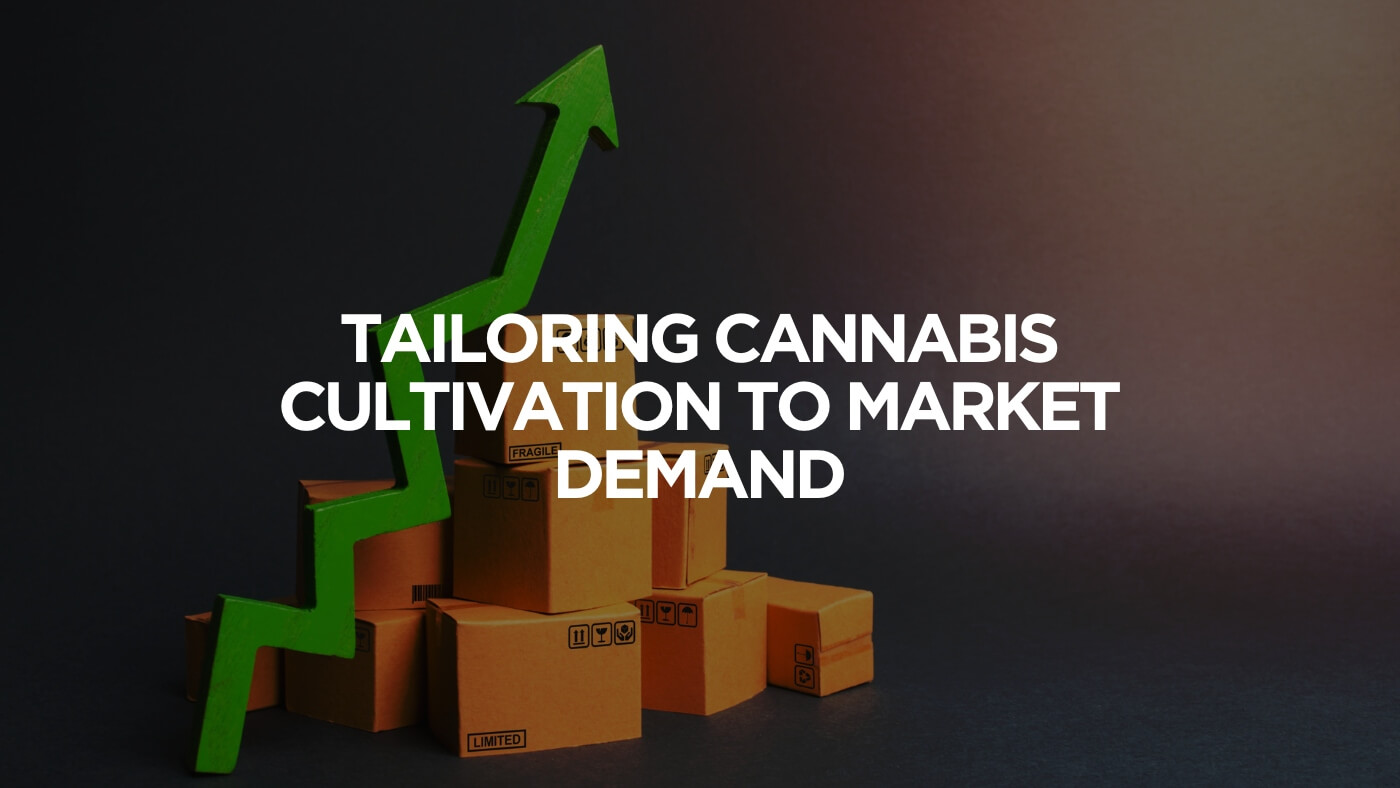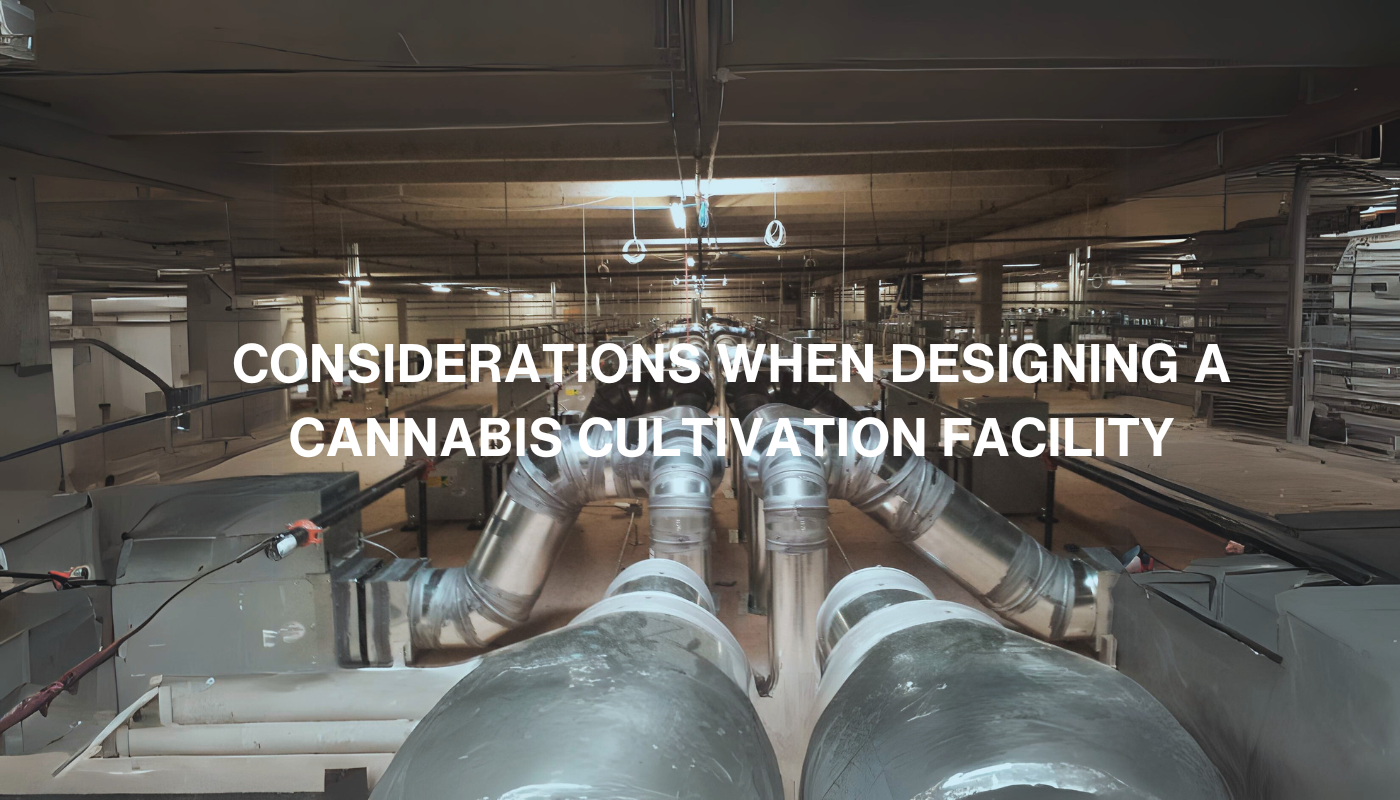
Practical Approach To Choosing The Right LED Grow Light
The weed and hemp industry is booming, and at the heart of this growth stands the one and only star, cannabis plants. However, these stars can only truly shine in the perfect spotlights! That’s where efficient LED grow lights come into play.
Whether you’re running a big commercial operation or a smaller indoor farm, setting up a proper lighting system has a considerable impact on your productivity, costs, and overall profitability.
LED (Light Emitting Diode) grow lights, in particular, are one of the most popular options among cultivators. These lights have recently transformed the cultivation landscape and offer a ton of benefits.
At Catalyst BC, we offer practical solutions and expertise to help you select the best grow lights for your specific needs.
In this post, we’ll provide a comprehensive guide on these game-changing lighting systems.
Join us as we delve into the details, exploring everything from the science behind LED grow lights to their impact on plant growth and yield. We’ll break down the advantages of LED technology, including energy efficiency, spectrum customization, durability, and more.
How Do Grow Lights Affect Plant Growth?
In cannabis cultivation businesses, the importance of grow lights cannot be overstated. Selecting the perfect lighting solution is not simply a matter of providing illumination, it directly impacts the productivity of the cannabis plants.
To grow cannabis efficiently indoors, cultivators must replicate the natural outdoor conditions by utilizing artificial lighting instead of sunlight. These lighting systems provide light spectrum and intensity to stimulate photosynthesis and influence crucial stages of plant growth such as vegetative growth, flowering, and resin production.
Thus, using the proper grow lights is essential to optimize yield, potency, and overall plant health. But with so many options available, it can be overwhelming to find the right lighting system.
Indeed, choosing the right grow light requires a thorough understanding of the different light types and how they affect the cultivation process.
Different Types Of Cannabis Grow Lights
For a long time, cannabis grow lights focused on flower quality and yield. However, as the industry embraces cost-friendly practices and with The Rise of Cannabis Consumption Bars, operations move towards options that prioritize energy efficiency and sustainability
Here, we go through some of the main types of grow lights, typically used in cannabis farms:
High-Intensity Discharge (HID) Lights
HID lights include High-Pressure Sodium (HPS) and Metal Halide (MH). These two have long been favored by cannabis growers as they provide ample light intensity and cover a broad spectrum. This makes them suitable for various growth stages.
MH lights produce a cooler blue light, while HPS lights emit a warmer red color. As a result of this distinction, MH lights are typically utilized during the vegetative stage of growth, while HPS lights are preferred for the flowering stage.
HID lamps typically have lower initial costs compared to advanced LED grow lights. Additionally, they are relatively simple to install, which is ideal for experimental farmers or those setting up a new facility in a time crunch.
That said, HID lights degrade over time, emitting incandescent light. This results in enhanced energy use and increased heat, which can burn the cannabis plants and severely impact their growth.
Therefore, when using HIL lights, it’s essential to consider the appropriate distance between the light source and plants.
Fluorescent Lights
For small cannabis farms, cultivators often opt for fluorescent lights. These lights are more affordable, easy to set up, and don’t need any special equipment.
Fluorescent lights are available in various wattages and color temperatures, making them a convenient option to customize the lighting setup. In addition, they don’t use an excessive amount of energy. So they’re more suited for independent or small operations.
That said, fluorescent lights have several limitations including a low UV lighting output. Due to this issue, they are best suited for growing just one or two plants at a time. Moreover, they have a shorter lifespan compared to other types of lights, which could end up causing extra costs, particularly in large commercial setups with multiple harvests.
LED Grow Lights: Game-Changing Approach To Lighting Systems
LED grow lights have gained significant popularity in recent years, and for good reason. With remarkable energy efficiency, customized spectrum control, and long lifespans, LED lights offer an appealing solution for cannabis cultivation businesses.
Just in 2023, new LED technology has helped cannabis operations produce 30% more compared to older generic LED grow lights.
Here we take a look at the advantages of using LED grow lights and why they have become a go-to choice for both novice growers and seasoned cultivators.
Reduced Energy Use
Energy is a top priority for cannabis cultivation operations, and this is where LED grow lights truly shine. By reducing energy use, LED lights directly reduce electricity costs and contribute to sustainability.
Unlike traditional HPS and MH lamps, LED grow lights are designed to convert a higher proportion of electrical energy into usable light. This results in substantial energy savings and reduced heat output, which also makes it easier to maintain optimal temperatures in the grow space.
Full Spectrum Capabilities
Similar to the sun, LED grow lights can generate a full spectrum of light, making them highly beneficial for cannabis growth. This ensures that plants receive the optimal amount of light required for their growth at every stage, from seedling to flowering.
Additionally, farmers can manipulate the light spectrum to optimize different aspects of plant growth. This includes facilitating growth, amplifying resin production, or development of specific cannabinoids and terpenes.
LED grow lights also allow for the simulation of different seasons, creating optimal environments for plant growth all year-round.
Heat Control
One of the most essential factors for cannabis cultivation is heat management. Excessive heat can disrupt photosynthesis, stunt growth, and even cause irreparable damage to plants.
LED grow lights offer efficient heat control and produce significantly less heat than regular lighting sources. This advantage eliminates the necessity to invest in cooling systems, reducing any additional expenses.
By implementing LED grow lights, operations can easily minimize the risk of excessive heat and stress, and provide a comfortable and controlled environment for cannabis plants to thrive.
Longevity And Cost-Effectiveness
Although LED grow lights are more expensive than traditional lighting options, they pay off in the long run.
LED technology boasts a significantly longer lifespan compared to other lighting options. With average lifespans ranging from 50,000 to 100,000 hours, LED lights outlast conventional HID lamps, requiring fewer replacements over time.
This not only saves money but also ensures consistent and reliable performance throughout multiple growing cycles. Additionally, LED lights use less energy, further enhancing their cost-effectiveness.
Environmental Benefits
The cannabis industry is increasingly prioritizing sustainability, making LED grow lights an ideal choice to meet eco-friendly demands. Using less energy, these lights aid in minimizing pollution levels and reducing carbon emissions.
On top of that, LED lights do not contain harmful substances like mercury, which are commonly found in other lighting options and pose environmental risks when improperly disposed of. By opting for LED grow lights, cultivators can align their passion for cannabis with a greener approach.
LED Grow Lights Drawbacks
While LED grow lights offer numerous benefits, it’s important to consider their potential disadvantages, especially if you want to incorporate them into your cultivation business. Catalyst BC experts can help understand these disadvantages and make informed decisions to overcome any challenges they may encounter along the growing journey.
Upfront Cost
One of the main problems with LED grow lights is their high initial cost compared to other lighting options, like high-pressure sodium or metal halide lamps. LED lights use complex technology and components to create the desired lighting spectrum.
Although some growers may find this upfront investment expensive, it is important to consider the long-term advantages and potential savings that come with reduced energy usage and replacement expenses.
Light Penetration And Coverage
LED grow lights often have a more focused and directional light beam compared to traditional lights. This can result in reduced light penetration and coverage, leading to uneven distribution across the canopy.
The reduced coverage can become particularly problematic as cannabis plants grow taller, with lower branches receiving inadequate light. Farmers can solve this issue by careful adjustment of light height, angle, and spacing, along with regular plant training techniques, such as pruning and trellising.
Limited Heat Output
LED grow lights give off less heat, which is generally seen as an advantage. However, in colder climates or during cold months, this can lead to certain problems.
Cannabis plants require a specific temperature range to grow optimally. Thus, to maintain the desired temperature, cultivators may have to use supplemental heating or careful environmental control.
Limited Far-Red Spectrum
We discussed how LED grow lights offer a customizable spectrum. That said, some cheaper models may lack in the far-red spectrum range which plays a significant role in stimulating certain growth responses and promoting plant stretching during the flowering phase. Insufficient exposure to far-red light can lead to stunted plant growth, reduced internodal spacing, and smaller flower buds.
Thus, it’s recommended to opt for LED lights that supply plants with a comprehensive spectrum or use supplementary equipment to ensure the plants get the right amount of light they need to grow.
Complex Set-Up And Maintenance
A key consideration when switching to LED grow lights is the complex set-up and maintenance processes. Proper installation requires skill and knowledge in various aspects including arranging the lights at the appropriate height and angle, configuring timers and controllers, and ensuring adequate ventilation and cooling.
Moreover, to maintain optimal performance, cultivators must perform occasional maintenance tasks like cleaning lenses and cooling fans. Therefore, it’s important to spend time and effort understanding the specific needs of LED grow lights.
Catalyst BC professionals can help and support businesses with installation and maintenance. With years of experience, our experts help ensure the grow lights work well and consistently.
What To Consider When Choosing LED Grow Lights
Selecting an LED grow light is a critical decision for cultivation enterprises. The quality and effectiveness of lighting directly impact plant growth, development, and ultimately, the yield and quality of buds.
Light Spectrum
An optimal light condition is key to successful cannabis growth. LED grow lights must offer full-spectrum wavelengths, including blue and red colors. Blue light helps plants grow more leaves and stems, while red light helps plants grow flowers and buds.
Additionally, it’s best to choose LED grow lights with customizable settings. This way, you can adjust the light to match the specific needs of your cannabis plants and different stages of growth.
Light Intensity And Coverage
Another paramount factor when choosing grow lights is the intensity and coverage. This ensures that all plants receive even and sufficient lighting and heat.
Thus, when buying an LED light, it’s important to check the coverage area and make sure it matches the size of your farm. Moreover, pay attention to the light’s PAR (photosynthetically active radiation) output, as it directly influences photosynthesis.
Energy Efficiency
Energy efficiency plays a significant role not only in reducing operational costs but also in environmental sustainability.
Look for LED grow lights that have high-efficiency ratings, shown as the photosynthetic photon flux (PPF) value. The PPF value indicates the amount of usable light emitted per second.
Cooling And Heat Management
All grow lights produce heat when used. So it is important to have effective cooling systems to keep the plants at the right temperature. Models with built-in cooling systems such as heat sinks and fans prevent overheating and ensure prolonged lifespan.
Moreover, it’s essential to consider ventilation and air circulation to avoid heat buildup. This is particularly crucial during the flowering stage when the plants are more sensitive to temperature fluctuations.
Reliability And Lifespan
To avoid frequent replacement, it’s best to invest in LED grow lights with a long lifespan and consistent performance. Opt for models that have a lifespan of at least 50,000 hours or more.
The manufacturer’s warranty and customer reviews can provide valuable insights into the durability and longevity of the lights. LED lights with a proven track record and positive feedback from cultivators are typically reliable choices.
Catalyst BC Cannabis Consultants
In the complex world of cannabis cultivation, having a knowledgeable and experienced consultant can make all the difference.
But What Is A Cannabis Consultant, you may wonder. In short, a cannabis consultant is an expert with thorough knowledge and experience in various sectors of the industry. From regulatory compliance to various Types of Cannabis Business Strategies, they help empower cannabis enterprises.
Catalyst BC is a widely recognized company that provides support and guidance to individuals and businesses operating in the cannabis industry.
Boasting deep expertise and vast industry knowledge, we take great pride in helping clients navigate the challenging landscape of cannabis regulations, cultivation practices, and business operations.
Catalyst BC consultants provide invaluable assistance to those looking to grow top-notch cannabis, and provide guidance on the best LED grow lights, how to set them up, and further requirements.
Final Words
Are you Preparing to Win in the green frontier? Invest in quality LED grow lights, and ensure high yield with desired characteristics.
Offering numerous advantages, LED grow lights have truly revolutionized indoor cultivation. Thanks to their customizable spectrum, energy efficiency, longevity, and low heat output, now farmers can produce quality crops all year round.
That said, when choosing LED grow lights, it’s vital to consider important factors such as light spectrum, intensity, coverage, energy efficiency, cooling, and reliability, to ensure healthy and fruitful cannabis crops.
For more information on the lighting systems, and other aspects of cultivation, contact Catalyst BC. Our team is ready to help you with all the potential challenges and obstacles of this ever-evolving market.
LED Grow Lights FAQ
Are LED grow lights suitable for all stages of cannabis plant growth?
Yes, LED lights can be used at every stage of cannabis growth. By offering the necessary light spectrum, these lights are the optimal choice for both vegetative and flowering stages. Cultivators can easily adjust the light intensity and spectrum settings, allowing them to tailor the lighting to meet the specific needs of each growth stage.
How do LED grow lights save energy compared to other lighting options?
A key advantage of LED grow lights is their energy efficiency. By converting a higher percentage of electricity into usable light, this lighting system helps reduce energy waste. This energy efficiency reduces operational costs while contributing to environmental sustainability.
Do LED grow lights harm cannabis plants?
In general, LED grow lights produce considerably less heat than traditional lighting systems. Designed with advanced heat dissipation systems, they manage and dissipate heat effectively. Nevertheless, cultivators need to monitor and maintain proper temperature and airflow to ensure optimal growing conditions.
Is it possible to use LED grow lights with natural sunlight in cannabis cultivation?
Yes, in a method known as supplemental lighting, LED grow lights are used in combination with natural sunlight. This is particularly useful in areas with limited natural sunlight or during seasons with shorter daylight hours. This method helps cultivators to provide consistent lighting conditions for cannabis plants.



